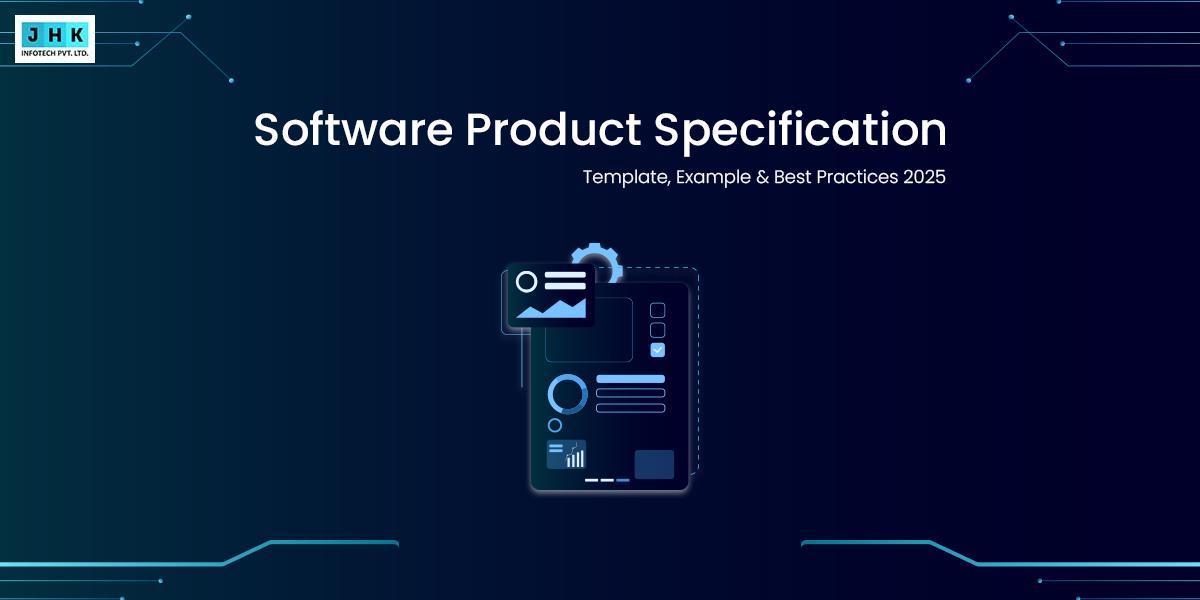All Blog’s
Blogs play very important role to share innovative ideas with users. And It’s a better way to connect with very Clever Audience. We are Happy that we can Share something very Innovative and Some new Information to You. Keep visiting our blogs and motivate us, so can keep sharing it with you.

By admin | In 5G Technology
Software Product Specification Guide | Template, Example & Best Practices 2025
What Is a Software Product Specification? A software product specification (SPS) is a detailed document that outlines the objectives, features, functionalities, and technical requirements of a software product. It acts as a roadmap for developers, designers, project managers, and stakeholders to ensure everyone shares the same vision before development begins. In simple terms, a software […]

By admin | In 5G Technology
R vs Python: Which is Easier to Learn for Beginners?
The debate between R and Python has long been a topic of interest among those diving into the world of data science. For beginners, this choice can significantly impact their learning curve, career path, and overall experience with data analysis and programming. Understanding which language to start with is crucial for building a solid foundation […]

By admin | In 5G Technology
9 Top Trends in Software Development for 2024 You Need to Know
One of the most significant software development trends in 2024 is the rapid adoption of AI-driven development tools. These tools are transforming coding practices, enhancing productivity, and reducing time-to-market. From automated code generation to AI-assisted debugging, this technology is reshaping how developers approach projects. Looking ahead, AI is poised to integrate even more deeply into […]

By admin | In 5G Technology
5G Technology: Connecting the Future
What is 5G? 5G stands for the fifth generation of wireless network technology. It is the latest global standard, succeeding 1G, 2G, 3G, and 4G networks. Designed to connect virtually everyone and everything—including machines, objects, and devices—5G delivers higher multi-Gbps peak data speeds, ultra-low latency, greater reliability, massive network capacity, increased availability, and a more […]

By admin | In 5G Technology
Sustainability and Green IT: Harmonizing Technology and Environmental Stewardship
Sustainability refers to the practice of meeting current needs without compromising the ability of future generations to meet theirs. The concept aims to balance these aspects to ensure long-term health and well-being for the planet and its inhabitants. Green IT, also known as Green Information Technology or Sustainable IT, involves designing, manufacturing, using, and disposing […]

By admin | In 5G Technology
Zero Trust Architecture: Enhancing Cybersecurity in the Digital Age
Zero Trust Architecture (ZTA) is a cybersecurity framework that operates on the principle that no entity, whether inside or outside an organization’s network, should be automatically trusted. Instead, it continuously verifies every attempt to access resources to ensure security. This model contrasts with traditional security approaches that often assume that entities within the network are […]

By admin | In 5G Technology
Exploring Biometrics: The Science Behind Identification and Authentication
Biometrics utilizes distinct physical or behavioral traits to accurately identify individuals. These traits, like fingerprints, facial features, or iris patterns,are hard to fake, enhancing the security of biometric systems. Biometrics is utilized for access control, identity verification, and authentication in various sectors including security, law enforcement, healthcare, and finance. Biometrics provides superior security, convenience, and […]